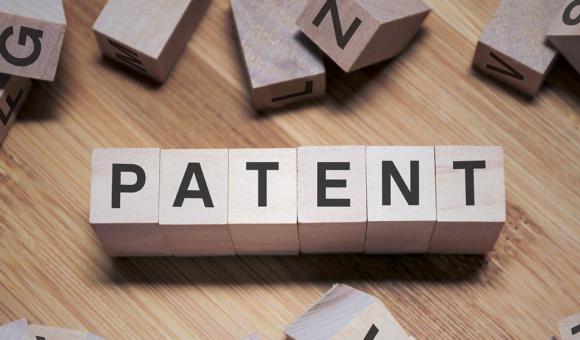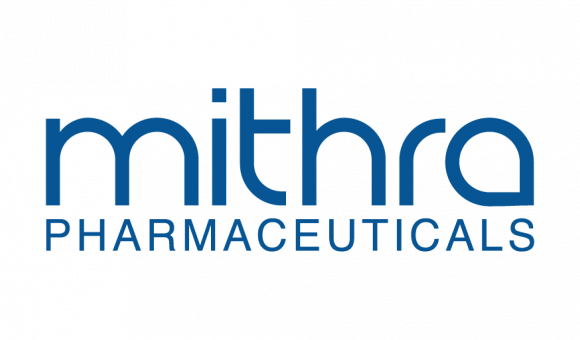
L’entreprise pharmaceutique liégeoise Mithra Pharmaceuticals, spécialisée dans la santé féminine, a reçu du bureau des marques déposées des États-Unis le feu vert pour l’utilisation de sa « pilule du lendemain » (Estetrol) aux Etats-Unis.
Ce brevet couvre spécifiquement l'E4, un oestrogène d'origine naturelle, comme nouvelle solution potentielle de contraception d'urgence où l'E4 est utilisé seul. Cette nouvelle méthode diffère des contraceptifs d’urgence actuellement approuvés qui sont des pilules à base de progestatif seul et des pilules combinées oestroprogestatives.
"Avec un profil de sécurité amélioré comparé à la génération actuelle d'oestrogènes, E4 a le potentiel de révolutionner le marché contraceptif. Cet octroi de brevet renforce encore notre propriété intellectuelle sur le territoire américain et nous attendons avec impatience de développer plus avant E4 dans cette application de contraception orale d’urgence," explique François Fornieri, CEO de Mithra Pharmaceuticals.
